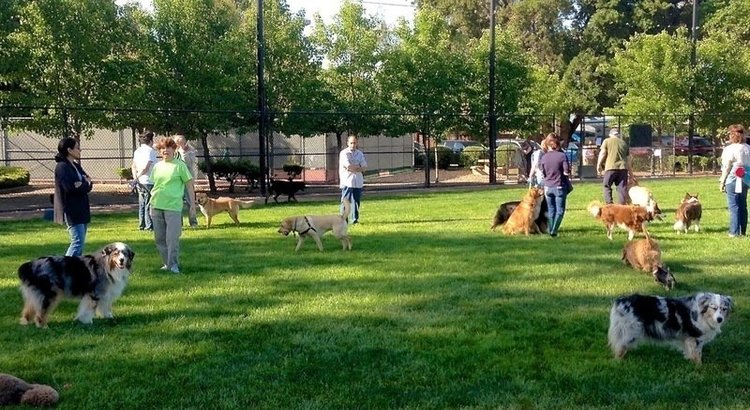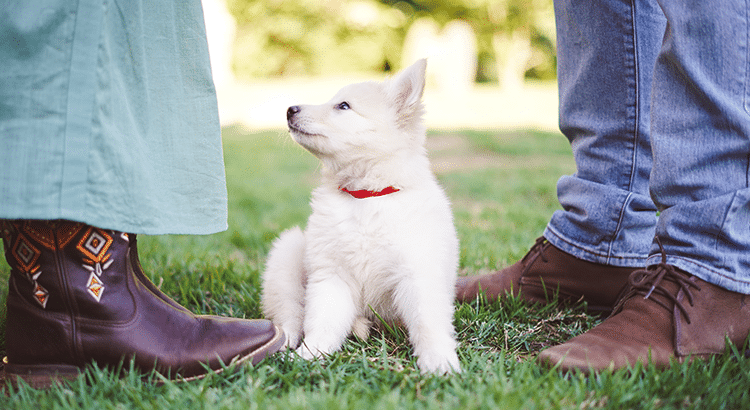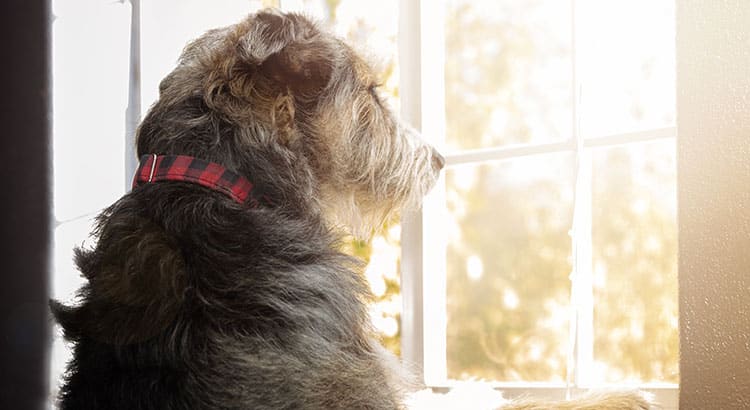
There are many pet owners who take their pups for a romp in the park, both responsible and irresponsible when it comes to dog park safety. As a pet owner, I steer away from these establishments, however for those who choose to visit off-leash play sites, here are some safety pointers.
Dog parks are a great way to provide your pup with exercise and to utilize their socialization skills. They provide owners with a place to allow the release of puppy energy from perhaps being indoors all day, or living without a backyard. It is important to scope out the dog park before heading there with your pooch. Take note of the cleanliness of the park, if there is accessible water for dogs to drink, are there areas for small and large dogs to play separately with a double-gated entry, and how attentive are the owners to their dogs’ whereabouts and behaviors.
There are risks when allowing your dog to play and dog park safety is something to keep in mind. While wild dogs join together in packs, more socialized dogs may not always be ready to step into a playing field of unknown paws. As people do not mix and mingle with every person they meet on the street, dogs may not be ready to mix and mingle with ‘strangers’ either. Dog aggression can come out at any given time, as every situation that presents itself is generally always different. Pet owners often say, “My dog has never bitten anyone.” There’s a first time for everything.
The risks that can happen at the dog park according to Dr. Becker of Healthy Pets include:
In 2015, one pet insurance company reportedly paid out more than $10 million on dog park-related medical conditions, with soft tissue injury and sprains topping the list at 24,000 claims.
One of the biggest pet peeves when it comes to dog park safety is the presence of inattentive owners. As owners tend to let their dog run free around the park, it is important for them to also make their pet follow commands. A dog’s behavior can get out of hand as they sense the freedom they have. Once a pup who would come when called will now ignore their owner and be disobedient. This is the fault of the owner for allowing the pet to play without intervention. Also, owners who do not pay attention to their dogs will also miss their signs of aggression, submission, and lack of feeling safe if their pup is being bullied. This can be harmful to the pet-parent relationship as the pup is looking to their owner for protection.
One thing that is real is leash frustration. We have all either seen or experienced that dog who pulls the owner, who holding their leash, down the street. As the pup continues to pull, the owner continues to pull back, commanding the dog to stop. These behaviors are a catch-22 as this only gets the pup more and more excited to enter the dog park. This excitement, however, may result in something more physical, as in a dog fight.
Behavioral Tips For Dog Park Safety
The Do’
The Don’ts
Pin Paws provides way to protect your pet’s health should something happen at the dog park, also providing a way for you to store all veterinarian records online in your pet’s profile. That way, should something happen at the dog park, you have immediate access to all medical records, most importantly their rabies vaccination. whiskerDocs is also available with a Pin Paws Plus membership to provide 24/7 access to vet assistance via phone, chat, text or video. Contact our Customer Service Department today for more information at (888) 918-2386.




